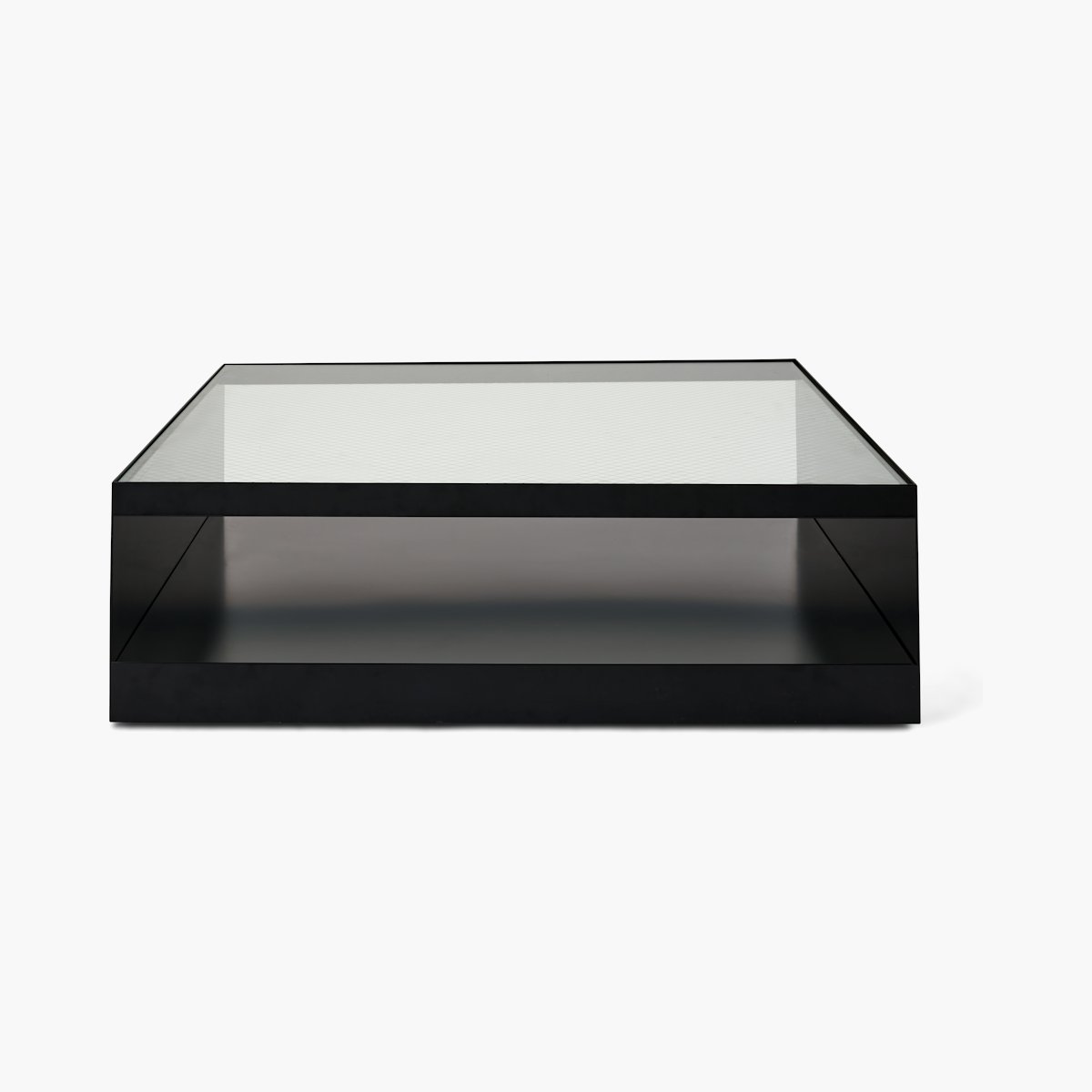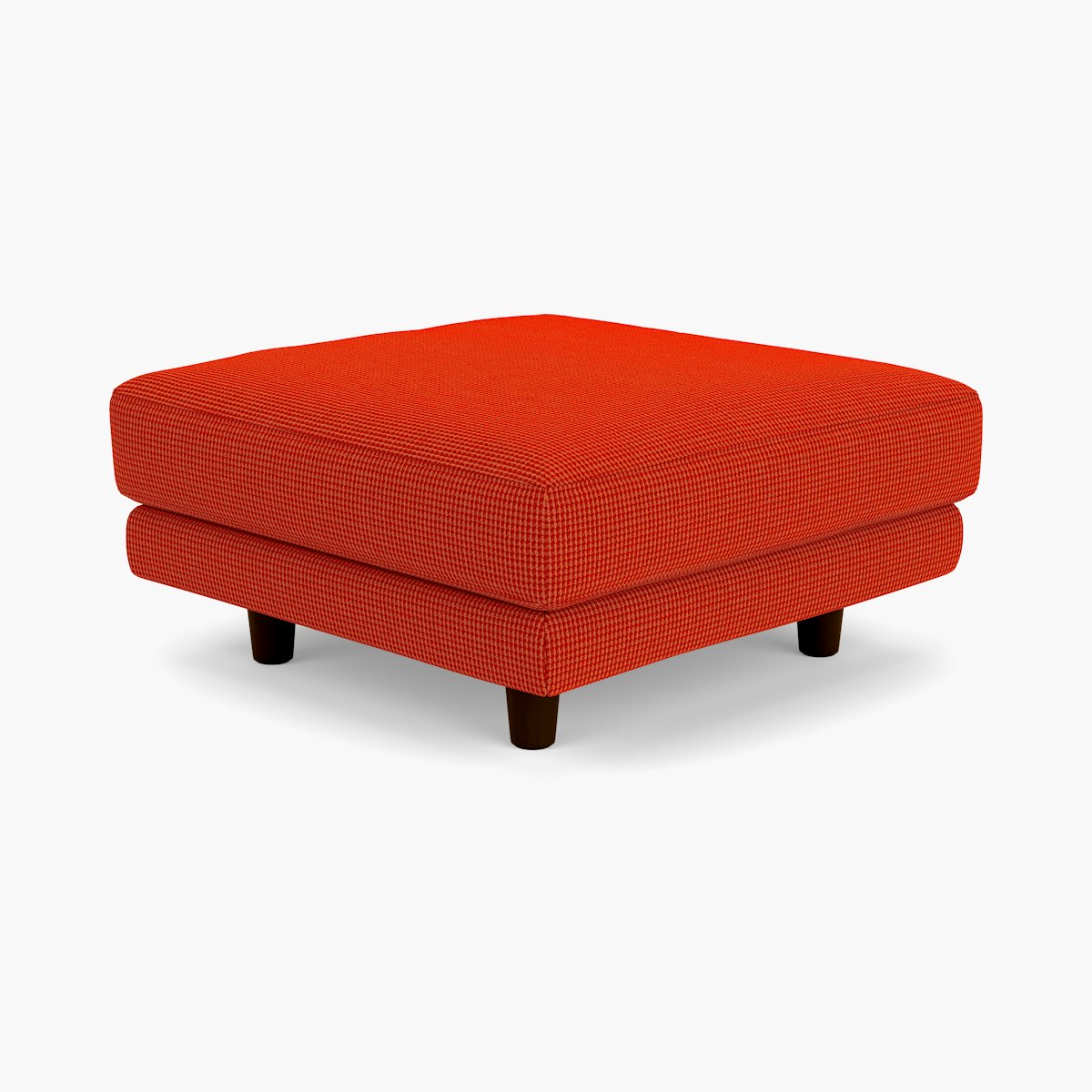Joseph D’Urso is known as a master of minimalist design, credited with being among the first to use industrial materials in his residential interiors. At the forefront of the high-tech movement that emerged out of the 1970s, D’Urso expanded the design vocabulary with new materials and graphic, streamlined forms. In the process, he became one of the most influential of contemporary interior designers, his work considered a critical step in the evolution of modernism.
Born in Newark, New Jersey, D’Urso studied interior design and architecture at the Pratt Institute, graduating in 1965. He attended Manchester College of Art and Design (now Manchester School of Art) in England before returning to New York and working as an assistant to designer Ward Bennett, a pioneer in the transformation of industrial materials into home furnishings whom D’Urso credited with inspiring his own “total design” approach. D’Urso went on to become a Fellow of the Royal College of Art in London and began his own practice, D’Urso Design, in New York in 1967.
D’Urso embraced minimalism for its challenge of tradition, then put his own signature on it. When Manhattan lofts – converted warehouse-like spaces with industrial lighting, exposed beams and visible ductwork – became fashionable, he was in demand for a style more functional than pleasing (once installing a rotating dry-cleaner’s rack in a client’s closet). One of his early residential projects was featured on the cover of Interior Design magazine, and through the 1970s and ’80s D’Urso became increasingly well-known for his spare interiors and embrace of materials such as black rubber floor tiles, restaurant stoves, gym lockers and marine hardware, set against white walls. The look led to scores of private clients, as well as design-centered companies like Calvin Klein and Esprit.
Along the way, D’Urso was inspired by Frank Lloyd Wright, Josef Hoffmann and Charles Rennie Mackintosh, an earlier generation of designer-architects who veered from convention by conceiving everything from a physical structure to the furniture, fixtures and textiles within it. He began working on homes in the Hamptons in the 1960s, attracted by the opportunity to design indoor spaces that communicated with the outdoors through floor-to-ceiling windows. He moved to the area himself in the 1980s.
Displaying the same clean-lined, engineered approach to furniture that he took with interiors, D’Urso designed his first collection for Knoll in 1980, leading his generation in collaborating with the legendary furniture manufacturer. He reconnected with Knoll in 2008 to introduce the D’Urso Collection.
While reconfigured lofts remain in demand, D’Urso’s now-elegant interiors have mellowed and evolved to incorporate more warmth and depth. With an effect he likens to collage, he layers seemingly unrelated yet harmonious architecture, furnishings, even art, along with purposeful pops of bright color.
D’Urso has taught at the Pratt Institute and Parsons School of Design, in New York.
Born in Newark, New Jersey, D’Urso studied interior design and architecture at the Pratt Institute, graduating in 1965. He attended Manchester College of Art and Design (now Manchester School of Art) in England before returning to New York and working as an assistant to designer Ward Bennett, a pioneer in the transformation of industrial materials into home furnishings whom D’Urso credited with inspiring his own “total design” approach. D’Urso went on to become a Fellow of the Royal College of Art in London and began his own practice, D’Urso Design, in New York in 1967.
D’Urso embraced minimalism for its challenge of tradition, then put his own signature on it. When Manhattan lofts – converted warehouse-like spaces with industrial lighting, exposed beams and visible ductwork – became fashionable, he was in demand for a style more functional than pleasing (once installing a rotating dry-cleaner’s rack in a client’s closet). One of his early residential projects was featured on the cover of Interior Design magazine, and through the 1970s and ’80s D’Urso became increasingly well-known for his spare interiors and embrace of materials such as black rubber floor tiles, restaurant stoves, gym lockers and marine hardware, set against white walls. The look led to scores of private clients, as well as design-centered companies like Calvin Klein and Esprit.
Along the way, D’Urso was inspired by Frank Lloyd Wright, Josef Hoffmann and Charles Rennie Mackintosh, an earlier generation of designer-architects who veered from convention by conceiving everything from a physical structure to the furniture, fixtures and textiles within it. He began working on homes in the Hamptons in the 1960s, attracted by the opportunity to design indoor spaces that communicated with the outdoors through floor-to-ceiling windows. He moved to the area himself in the 1980s.
Displaying the same clean-lined, engineered approach to furniture that he took with interiors, D’Urso designed his first collection for Knoll in 1980, leading his generation in collaborating with the legendary furniture manufacturer. He reconnected with Knoll in 2008 to introduce the D’Urso Collection.
While reconfigured lofts remain in demand, D’Urso’s now-elegant interiors have mellowed and evolved to incorporate more warmth and depth. With an effect he likens to collage, he layers seemingly unrelated yet harmonious architecture, furnishings, even art, along with purposeful pops of bright color.
D’Urso has taught at the Pratt Institute and Parsons School of Design, in New York.
6
Results
6
Results
View







